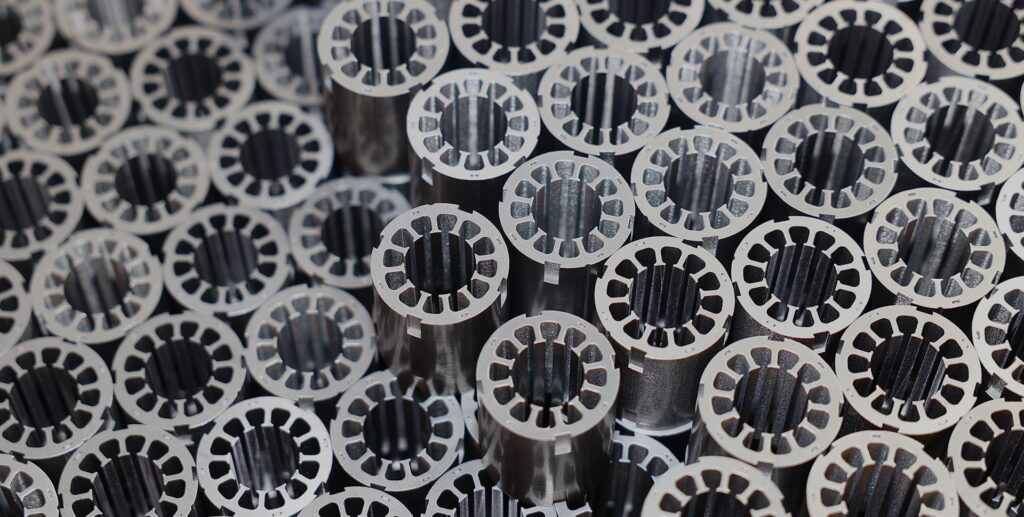Smart Home Automation Market Expands
September 1, 2025 – The global home automation market continues to experience rapid growth as homeowners, architects, and commercial property developers seek innovative ways to improve comfort, efficiency, and security. From intelligent lighting systems to energy-efficient window coverings, the demand for advanced motorized solutions is driving innovation across multiple sectors. One technology that has become a key player in this transformation is the tubular motor, a compact yet powerful component used to automate roller shutters, blinds, awnings, and other shading systems.
A Growing Market for Smart, Energy-Efficient Solutions
The push for smarter homes is no longer a niche trend but a mainstream movement. According to recent industry research, the smart home market is projected to grow by double digits annually over the next decade, with window and shading automation emerging as one of the fastest-growing segments. The increasing need for energy efficiency has played a significant role in this rise, as automated shading solutions can help control natural light, reduce reliance on air conditioning, and lower utility costs.
With urbanization and rising environmental awareness, property owners are seeking technologies that enhance both sustainability and lifestyle. Automated window treatments powered by precision motors enable seamless integration with smart home systems, offering users advanced control via smartphone apps, voice assistants, or centralized home hubs.
Tubular Motor Technology: Compact Power for Modern Design
The tubular motor has become a preferred choice for manufacturers and designers because of its space-saving design and versatility. Unlike traditional lifting mechanisms, tubular motors are designed to fit directly inside a roller tube, allowing for a sleek, unobtrusive appearance. This makes them ideal for applications where aesthetics matter, such as luxury residences, commercial spaces, and architectural projects emphasizing minimalism.
Engineers have made significant advancements in motor technology over the past decade, focusing on improving noise reduction, energy efficiency, and durability. Modern tubular motors are quieter than ever, with noise levels often reduced to under 35 decibels, making them suitable for bedrooms, offices, and hospitality environments. Many models are now available with integrated wireless receivers, rechargeable batteries, and solar charging options, making installation more flexible and environmentally friendly.
Smart Integration and Automation Trends
One of the defining features of today’s shading automation market is connectivity. Consumers now expect seamless integration between their motorized systems and other smart home devices. Tubular motors with built-in wireless receivers enable real-time communication with platforms such as Google Home, Amazon Alexa, and Apple HomeKit. Homeowners can set schedules to open blinds in the morning to let in natural light, or lower shades in the afternoon to reduce heat gain.
For commercial buildings, these systems are equally transformative. Office towers and hotels are adopting motorized shading solutions to optimize energy use and enhance occupant comfort. Automated shading can also contribute to green building certifications such as LEED, further demonstrating its environmental and economic value.
Expanding Applications Beyond Residential Use
The demand for shading automation extends far beyond residential projects. Recreational vehicles, yachts, and outdoor living spaces are all benefitting from tubular motor technology. Compact and weather-resistant designs have made it possible to install automated awnings, pergolas, and patio covers that respond to environmental sensors, automatically adjusting to sunlight, wind, and rain conditions.
Additionally, the commercial and industrial sectors are exploring motorized solutions for warehouses, factories, and distribution centers. By integrating tubular motors with automated control systems, companies can improve operational efficiency, reduce labor costs, and maintain a safer working environment.
Global Market Growth and Manufacturing Innovation
As smart home adoption rises worldwide, manufacturers are racing to expand their product portfolios and meet the increasing demand for tubular motor technology. Companies based in Asia, particularly China, have emerged as leading suppliers, offering innovative solutions at competitive prices. European and North American manufacturers have also invested heavily in research and development, focusing on energy efficiency, design aesthetics, and sustainability.
With competition intensifying, many companies are now developing motors with advanced features, including electronic limit switches, smart feedback systems, and cloud-based monitoring. These innovations not only improve functionality but also extend the lifespan of products, reducing long-term costs for consumers.
The Future of Automation
Looking ahead, experts predict that shading automation will continue to evolve, becoming an essential component of intelligent buildings and smart cities. Artificial intelligence (AI) and machine learning are expected to play a role in the next wave of automation, allowing shading systems to learn user preferences and adapt to environmental changes automatically. The tubular motor will remain at the core of this transformation, providing the precision and power required to drive these increasingly sophisticated systems.
In the coming years, we can expect more energy-efficient motors, improved connectivity options, and even more versatile applications. As sustainability becomes a top priority for both homeowners and businesses, technologies like tubular motors will help create buildings that are not only more comfortable but also more environmentally responsible.




